#50s cuisine
Text

H.J. Heinz Co, 1955
#spaghetti#ad#1955#midcentury#advertisement#new taste#in a can#50s cuisine#vintage#mid-century#time saver#Romano cheese#1950s#advertising#mid century
84 notes
·
View notes
Text
i desperately wish gw2 had more food-centric lore. i think about asura food more than is probably particularly reasonable. they're sort of implied to like molecular gastronomy in the lvl500 chef quests which is fitting and makes sense, but surely not every asura is eating bespoke Pea Spheres day in and day out right? i think my favorite angle on them is a sort of 50s-80s american-esque food style where there's a huge emphasis on things being Convenient and Scientific, so you'd get a lot of absolute slop tv dinners and canned items that have labels boasting how they were nutritionally fortified and contained your day's complete vitamin intakes and so on. a lot of jellied things. i do also fully believe they would have + eat soylent.
#my stuff#gw2 asura#asura#plex getting through his day on 2 cups of coffee 1 cup of liquid IV and a Breakfast Bar#goes home and has a kid cuisine.#idk how to explain but asura and like 50s-80s design and culture notions just go hand in hand to me#i want to see them working in little wood paneled cubicles ok#just brazenly smoking at work while typing on an unnecessarily clunky interface#inquest superior calls you into her office. every wall is a mirror. its triangle shaped for no reason. she is wearing shoulder pads.#i just want that 'lower levels of portal 2' energy maybe#(i think this thought started when i was replaying a bug in the system and noticed their offices have SO many potted palm trees)#(i was looking at those plus the neon lights and going like Hmmmm...Miami while being chased by 9458309 plague beetles)#these tags are really rambling on sorry LOLLL
157 notes
·
View notes
Note
grabs ur shoulders and looks deeply into ur eyes i saw your post... you say you like talking about ocs............ what do you wanna know....... about mine....
EYES EMOJIS!! (I Will Take Everything And Anything) BUT ALSO, if you have any!! key texts or things I can gaze upon so I can have more targeted questions, that's definitely the first thing nodsnods
Though, for your AC6 kids; how...do they like their mealworm prepared--? Any sights they would really like to see off Rubicon-3? obligatory what job/s would they play in hit mmorpg final fantasy fourte-(i have a leaky memory so i'm not sure if you've said anything about this before,)
#im like 50% 'im sure some of these will be answered in the future and might be under wraps so i better think of some other qs'#but also genuinely mealworm cuisine is so fun to think about#(also not sure if i should've answered in priv/public but)#(since these are just questions i leave the ball in your court o/)
12 notes
·
View notes
Text
Cuisine des années 50
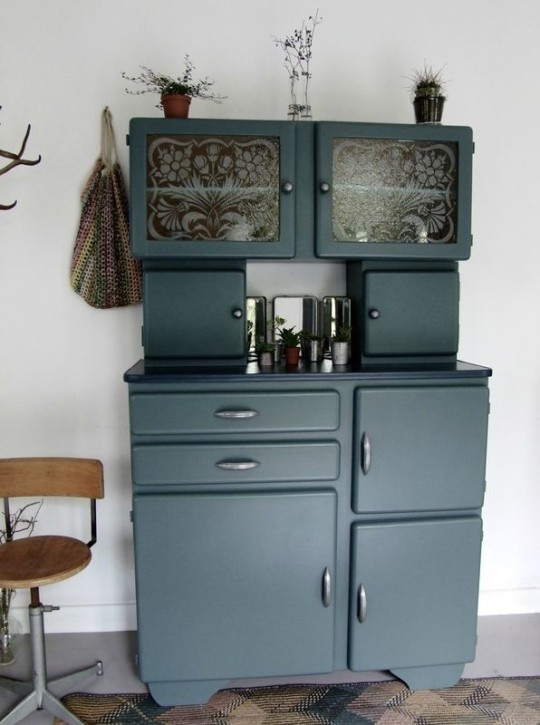
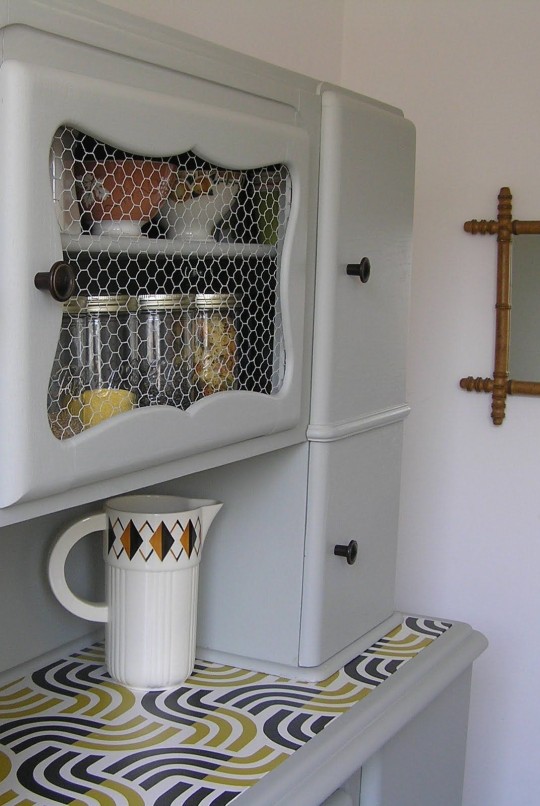


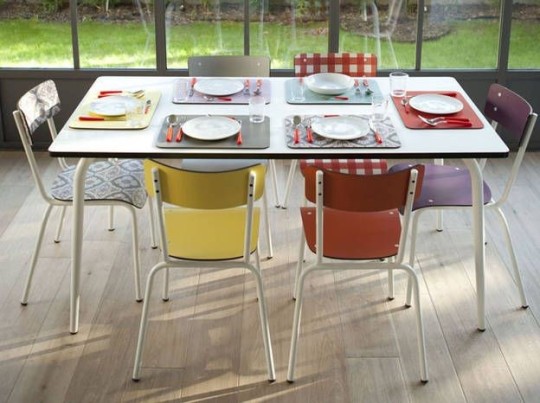

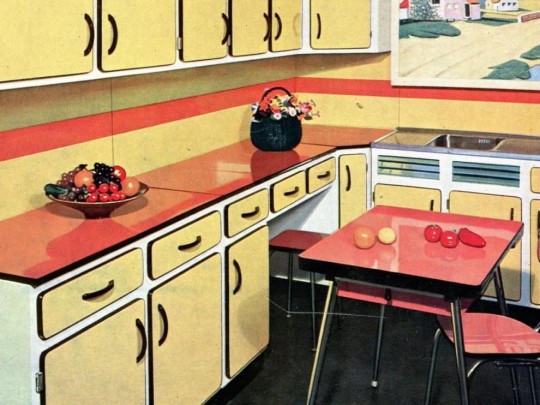
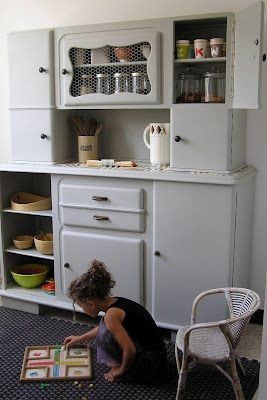

La marque incontournable
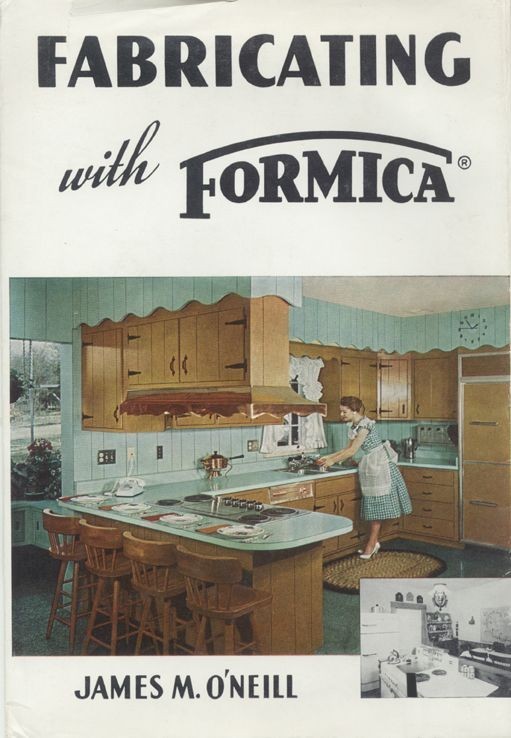
7 notes
·
View notes
Text
why is pork like that ...
#there's really no way to cook pork so that it like. smells good#even when it tastes great it's still a little :| for like a second#but it's so ubiquitous in like 50% of the cuisines i eat so
6 notes
·
View notes
Photo

Toulouse Exterior
Huge minimalist beige three-story brick townhouse exterior photo with a hip roof and a tile roof
#baignoire d'angle en bois#cuisine bleu gris#ravalement façade#carreaux ciment#grand plan vasque bois#année 50
0 notes
Text
ONICE - Virtuose duo d'une créative cuisine de produit
Voilà une table qui bouleverse la scène gastronomique niçoise. Située dans le très gourmet et étoilé quartier du port, plus précisément celui des antiquaires, ONICE est la nouvelle adresse sur laquelle il faut compter pour un dîner créatif et vibrant. Florencia Montes et Lorenzo Ragni proposent, en duo, une cuisine délicate, vive, ciselée et velourée en parfait accord au terroir local et aux…

View On WordPress
#Côte d&039;Azur#Chef#Cuisine de Produit#Florencia Montes#Gastronomiques#Lorenzo Ragni#Mauro Colagreco#Michelin#Mirazur#Nice#ONICE#Port de Nice#Restaurant#Restaurant Côte d&039;Azur#The Worlds 50 Best Restaurants
0 notes
Text
i used to read books where characters complained abt eating meatloaf but i kind of thought it wasn't a real thing people ate until coming to college and they had it in the dining hall
#like i thought meatloaf was like aspic. something people ate in the 50s and 60s but knew better than to make now.#i guess i was wrong...#my dad & i are vegetarian + my dad likes cooking from a bunch of different cuisines so we have a lot of variety in our food#and it wasn't till coming here that i realized the drudgery the average american meal is#talkin
0 notes
Text
L'APPRENTICE CUISINIERE


K so I like to pick up magazines and media from different languages and from different places and today I finally managed to finish something I've been wanting to for a long time. So this is a white roux recipe, a cousin to the bechamel sauce. It's from a French magazine from the 50s-70s which I've translated into English to the best of my abilities. The roux is a type of sauce where you mix flour and fat.
I have more stuff like this in a few other different idioms that I want to translate, but I'll have to take my time. I'm leaving the translation below. I found this quite useful and informative and after the recipe they give you possible versions and combinations depending on what you want to eat the sauce with. And with all the untranslateable terms I realised how much French cuisine has coined.
------------------------------------------------------------------------------
White sauce
This sauce is an accompaniment to vegetables, fish, poultry. Unlike what's too often widespread, it is never made with milk. Only the Béchamel sauce is, whose basic technique is the same (we'll get back to that shortly). - Régine Signorini
REQUISITES FOR SUCCESS:
Good balance of proportions: butter, flour, liquid (see below).
Don't use extra-fluid flours that thicken too much. They won't do this in a good way. Some flours that have been milled for a long time produce the same effect for different reasons. If the sauce liquefies at the end of cooking you can fix it by binding it with egg yolks (see photo 6).
Butter and flour should cook sufficiently together before adding the liquid: this cooking is called "making a roux". The liquid should always be added cold and all at once to avoid lumping. The liquid is generally the broth obtained from cooking the food that the sauce accompanies: vegetables (asparagus, leeks, cauliflower), fish, mussels, poultry or meat (chicken white, blanquette, etc.). At the end, you can add the egg yolks and cream to thicken or enrich the sauce.
The sauce should be stirred continuously until fully cooked. So prepare all your ingredients before you begin.
FOR 4 TO 6 PEOPLE
50 g butter, 50 g flour, 1/2 litre liquid [e.g.broth] a cofeespoon of fine salt, pepper.
Put the butter on low heat and let it melt fully.
Add the flour in one sitting (this can be done away from the fire), let it cook while stirring: the mix becomes smooth and very much bonded, then it begins to acquire the texture of a mousse.
Once the mix gets very moussy it acquires a cookie odour, don't let it take colour. At this stage of cooking you should have a white "roux". Cooked a while longer, the "roux", becomes blonde and then brunette, this being the basis for another sauce type. Add the cold liquid in one sitting.
The sauce will appear failed because the particles of butter and flour were distributed in the liquid. After a few minutes, it resumes consistency and begins to thicken. The Sauce is done cooking after you've added broth once or twice.
If you still have to make other things, put the sauce in a bain marie and melt a piece of butter without sinking it in; let it melt on the surface, it will prevent a coat from forming. Mix when ready to serve. Season with salt and pepper.
To enrich or thicken the sauce, you may add one or two egg yolks, but never directly: they will coagulate without thickening. To do this, put the yolks in a bowl; slowly pour a bit of the sauce to get the yolks used to the heat; then pour the contents of the bowl into your pan and mix.
Here we'll give you the composition of the most common [white] sauces [illegible but something about mentioning the greatest white sauces afterwards: the Nantua, the Villeroy, the hot-cold, etc.]
For vegetables: white roux + broth from cooking your chosen vegetable
For fish: white roux + court-bouillon
With capers: white roux + court-bouillon + capers
Norman: white roux + court-bouillon (or mussel water and white wine) + cream
Aurore: white roux + water + tomato sauce
Pullet: white roux + meat or fish court-bouillon + eggs + cream + chopped parsley
Mushrooms: white roux + vegetable broth + mushrooms sauteed in butter
Ravigote: white roux + broth (vegetable, meat, or fish) + shallots (chopped and cooked in vinegar) + egg yolks + minced tarragon and chervil
Carry: white roux + broth + cream + a coffeespoon of carry [curry?]
#recipe#long recipe#french#roux#white roux#white sauce#mid 20th century#50s#60s#70s#vintage recipe#vintage cooking#french cuisine#bechamel sauce#sauce#sauce recipe#my translation#vintage magazine#butter#flour#broth#i love how the pages match with my blog's colour scheme#translated recipe
1 note
·
View note
Text

#Indian#Cookbook: 50+ Delicious#Simple and#Easy#Authentic#Recipes for#Beginners#2024#Authentic Indian#cooking comes#home—50+#classic and#flavorful#vegetarian#recipesSimply put#spice is the true essence of Indian cuisine. With The Essential#Vegetarian Cookbook#you'll learn howto master the magic of mixing simple herbs and spices like cumin and turmeric with fresh vegetables#legumes#grains#and#dairy to create irresistible layers of flavor.From Vegetable Korma to Paneer Makhani#this complete vegetarian cookbook gives you everything you need to getstarted#simmering up these diverse and versatile dishes. Whether you crave Indian food and want to recreate your favorite mouthwatering meals at ho#to switch to a smarter#healthier way of eating#this is the perfect guide for you.This standout vegetarian cookbook delivers:#50+ plant-based recipes Discover dozens of delicious family favorites and lesser-known vegetarian fare that covera wide range of regional I#straightforward approach This vegetarian cookbook offers precise#easy-to-follow prep instructions andeasy-to-find ingredients.The basics: explore Indian
1 note
·
View note
Text
𝒫𝓇𝒾𝓈𝓂𝑜 : I don’t care what no one says… COOKING MAMA… 🔥 top tier 🔥
#my comfort game lol#i play on my iPad now too#cooking mama cuisine!!!!!!#love it so far#made 50 dishes lol
0 notes
Text
Cuiseur riz micro ondes mode d'emploi iphone
#http://vk.cc/c7jKeU#nofollow#<p> </p><p> </p><center>CUISEUR RIZ MICRO ONDES MODE D'EMPLOI IPHONE >> <strong><u><a href= rel= t#<br> joseph joseph cuiseur riz mode d'emploi#<br> cuiseur riz lidlcuiseur riz joseph joseph temps de cuisson#<br> cuiseur riz tefal#<br> cuiseur riz japonais#<br> autocuiseur riz#<br> cuit oeuf micro onde mode d'emploi#<br>#<br> </p><p> </p><p> </p><p>Cest mon premier cuiseur de riz et je l'ai utilisé une fois mais ce fut un succès. J'ai fait du riz c#la notice indique 30 minutes ce qui me semblait#la partie inférieure du cuiseur-vapeur (vous n'avez pas adapté pour la cuisson au four à micro-ondes et qu'il SÉLECTION DU MODE DE RÉGLAGES#manuel d'utilisation et mode d'emploi JOSEPH JOSEPH Joseph Joseph - M Cuisine - Cuiseur à Riz pour Micro-ondes. (EUR 23.42).#</p><br>https://roxebavis.tumblr.com/post/693242047695552512/tresse-africaine-mode-demploi#https://mupofabelali.tumblr.com/post/693241993832398848/keyence-lr-zb250cp-notice#https://roxebavis.tumblr.com/post/693241581436813312/manuel-kymco-agility-50-4t#https://mupofabelali.tumblr.com/post/693241993832398848/keyence-lr-zb250cp-notice.
0 notes
Text

sometimes a party is you, a mimic-hating rogue who’s just vibing, a dwarven expert in dungeon cuisine who’s 50% beard, and a monster-loving himbo (affectionate) you put up with bc of your crush on his sister who’s haunting the narrative while currently being digested by a dragon
#dungeon meshi#delicious in dungeon#marcille donato#chilchuk tims#laios touden#falin touden#dungeon meshi marcille#dungeon meshi chilchuck#dungeon meshi senshi#dungeon meshi laios#dungeon meshi falin
518 notes
·
View notes
Text
CHECK OUT THIS REALLY COOL BOOK ABOUT AFRICAN-JEWISH COOKING!!

Michael Twitty, the James Beard award-winning author of the acclaimed “The Cooking Gene”,explores the cultural crossroads of ✡️Jewish and African diaspora cuisine and issues of memory, identity, and food🥘.
To Twitty, the creation of African-Jewish cooking is a conversation of migrations and a dialogue of diasporas offering a rich background for inventive recipes and the people who create them.
The question that most intrigues him is not just who makes the food, but how the food makes the people. Jews of Color are not outliers, Twitty contends, but significant and meaningful cultural creators in both Black and Jewish civilizations.
“Koshersoul” includes 48-50 recipes.
#jewish#jewish resources#jumblr#jewish tumblr#gay jew#jewish lgbtq+#lgbtq+#food#history#recipes#book#i got a chance to see him in person and he is so sweet and so amazing#the recipes are also really good#but the real treasure is the history the book tells
7K notes
·
View notes
Text
This list is super 🧢🧢🧢🧢 It's disrespectful that Jamaica is 34th on the list and not top 3. No way all those other countries top Jamaica. Where are all the other Caribbean countries at🤔🤔
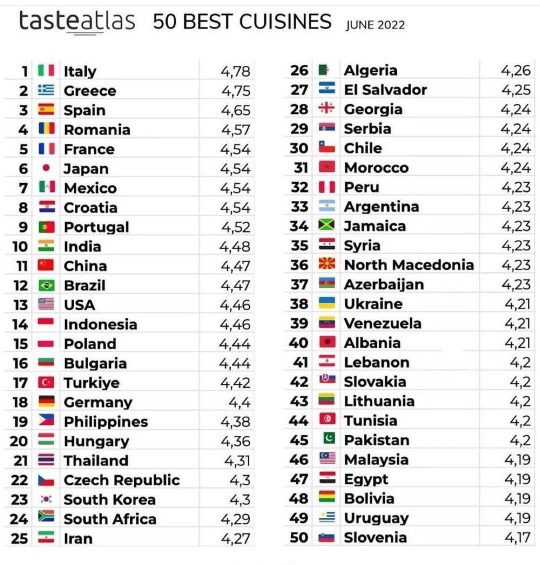
Who yall think got the best cuisine?
#chellszt#toronto#Caribbean#Jamaica#jamaican#Jamaica is top 3#top 50#trinidad and tobago#who got the best cuisine
1 note
·
View note
Text

فخارة العدس / Fukharat l'adas (Palestinian clay-pot lentils)
The name of this dish comes from "فَخَّار" ("fakhar"), meaning "pottery," and "عَدَس" ("'adas"), meaning "lentils." It is traditionally cooked in a قدرة ("qedra," clay pot) made from clay refined from local soil and shaped in family-owned pottery workshops. This type of pot is also used to make a lamb and rice dish of the same name commonly eaten in Gaza and Hebron. The qedra is filled with the cooking ingredients, sealed with a flour-water paste or with aluminum foil, and placed in a wood-fired oven—or buried in an earth oven—to cook for several hours, or even overnight.
This simple dish cooks red lentils with yellow onion, olive oil, and cumin to produce a smooth, earthy stew; additional olive oil and fresh lemon juice squeezed on after cooking add freshness and a tart lift, and شطة (shatta, red chili paste) is spooned in for heat.
As of 2019, the number of families producing qedra in Gaza had decreased from 40 or 50 to 3 or 4, according to workshop owner Sabri Attallah. The Israeli blockade which began in 2007 closed off foreign markets for Palestinian qedras, while cheaper, metal imports cut in on the local market. When the pots are exported to Israel, the multiple checkpoints and mandatory searches between Gaza and Israel cause many of them to break. The compression of Palestinians into small areas by Israeli government and settlers also spells problems for the qedra industry, as the smoke caused by firing pots reduces air quality for nearby residents. Many consider pottery-making to be both an integral part of Palestinian identity, and to be dying out: thus the targeting of Palestinians' economic self-determination targets cuisine and culture as well.
Today, Israeli weapons threaten Palestinian existence.
Palestine Action has called for bail fund donations to aid in their storming, occupying, shutting down, and dismantling of factories and offices owned by Israeli arms manufacturer Elbit Systems.
For the lentils:
1 cup split red lentils, rinsed
1 yellow onion, chopped
3 Tbsp olive oil
1 tsp cumin seeds, toasted and ground
Salt, to taste
About 3 cups water
For the shatta (شطة):
100g (about 1 cup) fresh red chili peppers
2 tsp table salt
2 Tbsp olive oil
To serve:
Olive oil
Juice of 1/2 lemon, or to taste
Sweet peppers, radishes, spring onions, pickles, olives, leafy greens, shatta (red chili pepper paste).
Instructions:
For the shatta:
1. Wash peppers and remove stems. Use a mortar and pestle, food processor, or potato ricer to reduce peppers to a paste.
2. Add salt and stir. Add olive oil and stir. Store extra shatta in a jar in the fridge; cover with a thin layer of olive oil to avoid spoiling.
For the lentils (in the oven):
1. Coat the inside a piece of clay cookware of sufficient size, such as a Palestinian qedra or a Moroccan tanjia or tajine, with olive oil. Add the rest of the ingredients, followed by enough water to cover the lentils by at least an inch (about 3 cups). Make sure that the opening of the pot is completely covered (e.g. with a layer of aluminum foil, and then the pot's lid).
2. Place the clay pot in your oven and then heat it to 500 °F (260 °C).
3. Reduce the heat to 150 °F (65 °C) and cook for 2-3 hours, until lentils are mushy.
For the lentils (on the stovetop):
1. Heat olive oil in the base of your clay cookware, or a large pot. Add onions and cumin and fry briefly.
2. Add water and lentils and cook, stirring occasionally, for 10 minutes on medium.
3. Lower heat to low and cook for another 30 minutes, until consistency is smooth and mushy. Add water as necessary.
To serve:
Transfer lentils to individual serving bowls. Top with lemon juice and olive oil. Serve alongside shatta (which you may choose to spoon into your bowl) and fresh vegetables.
286 notes
·
View notes